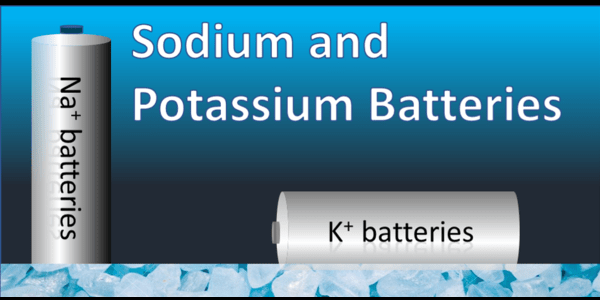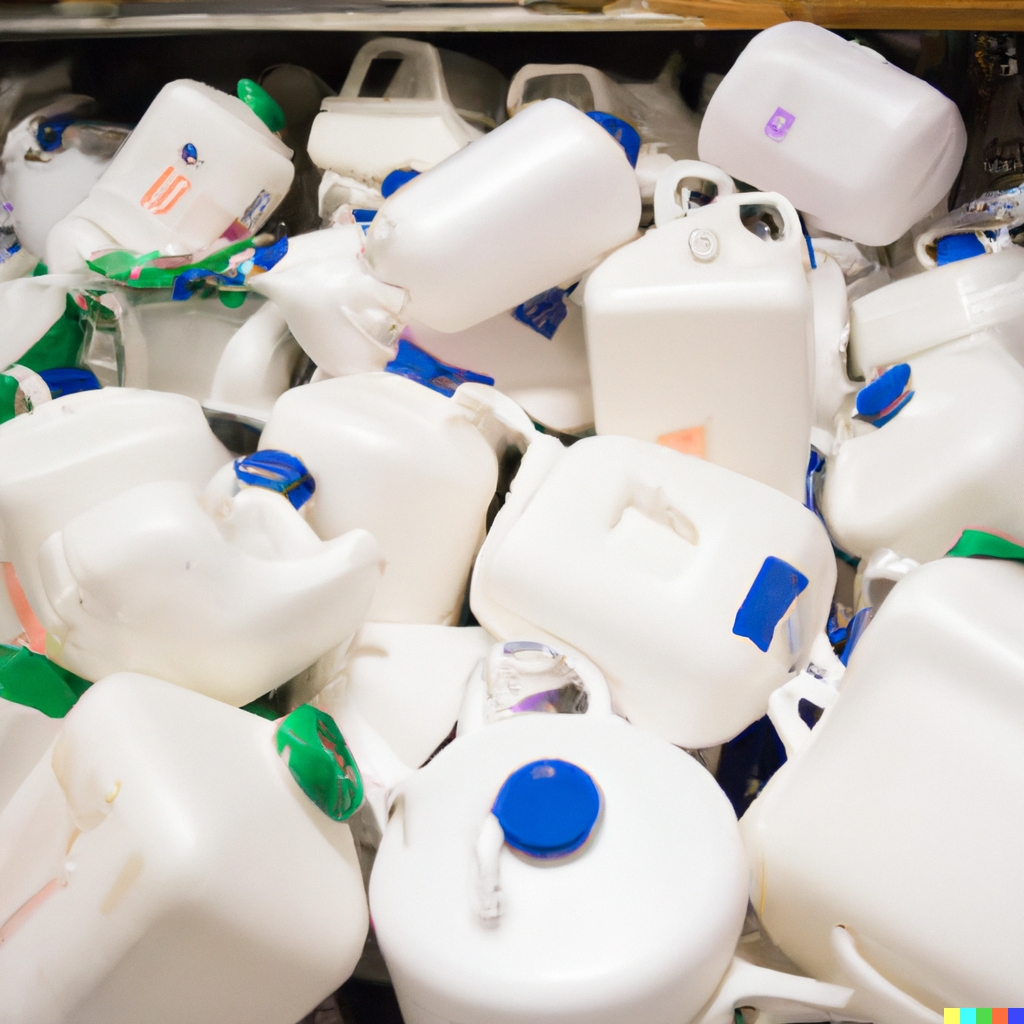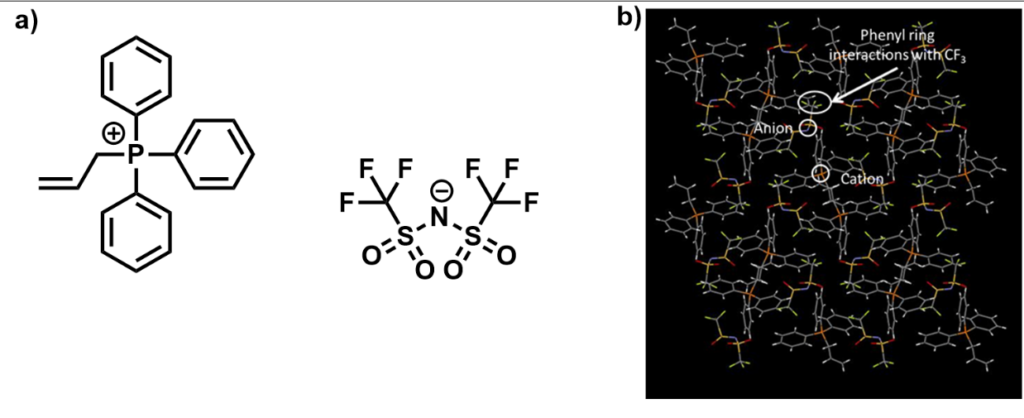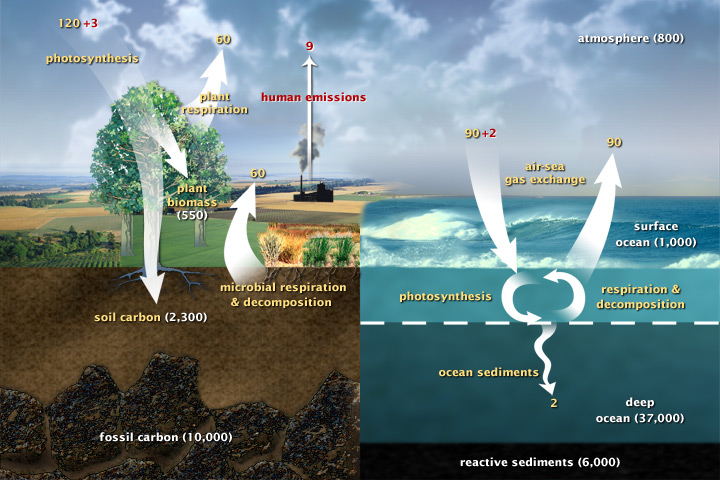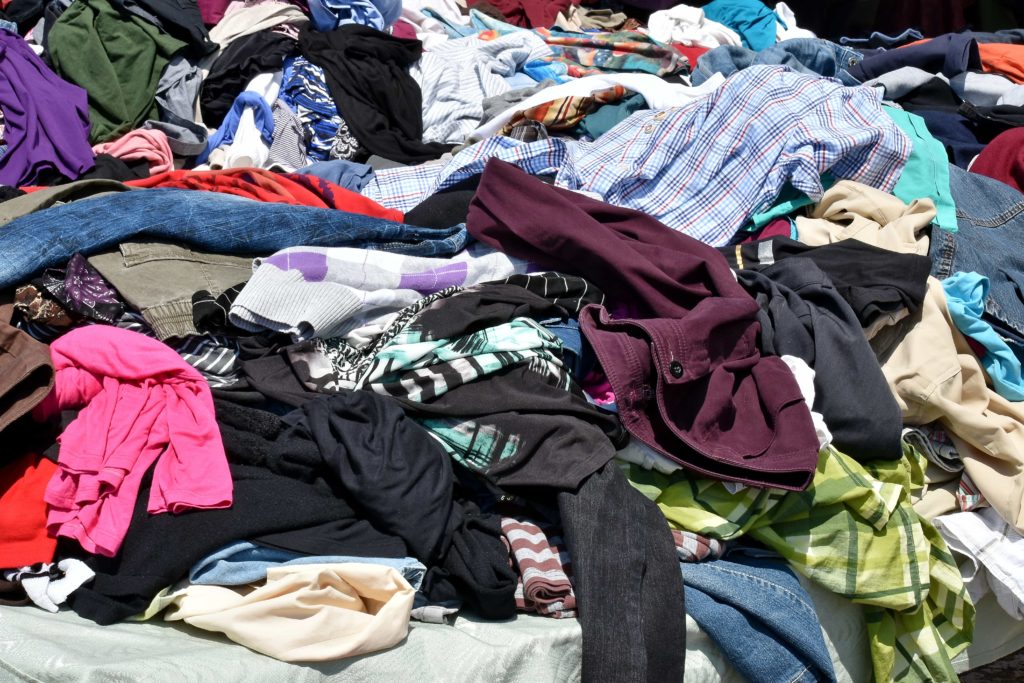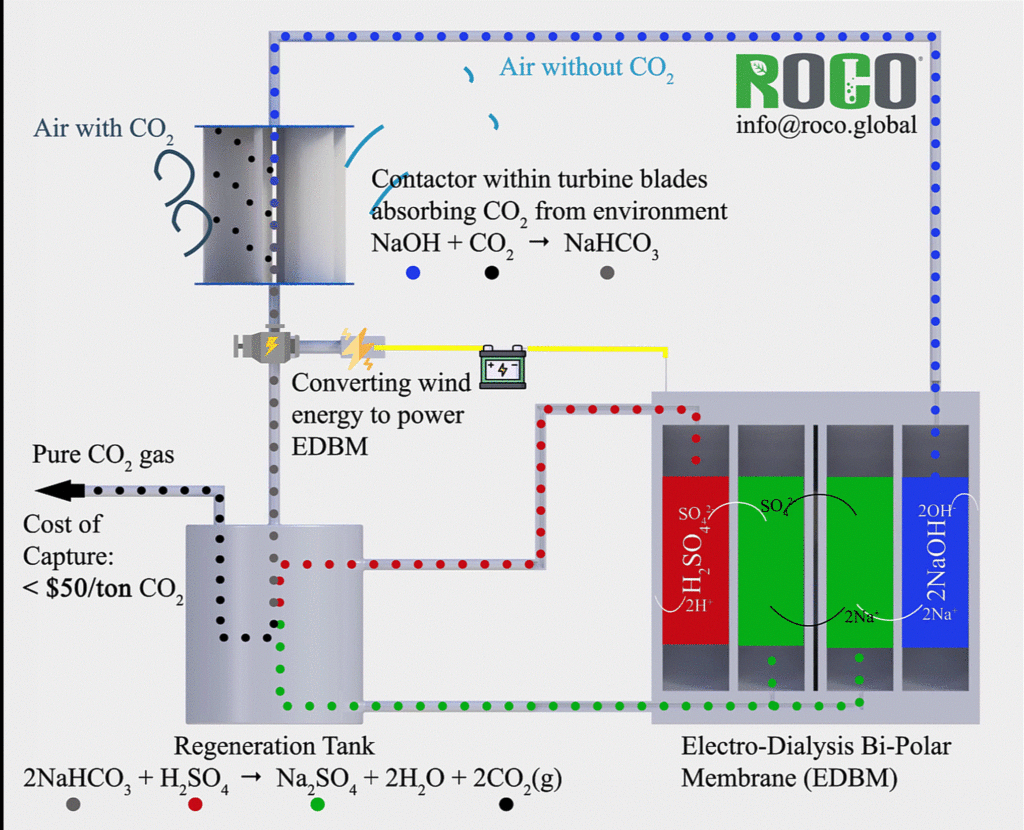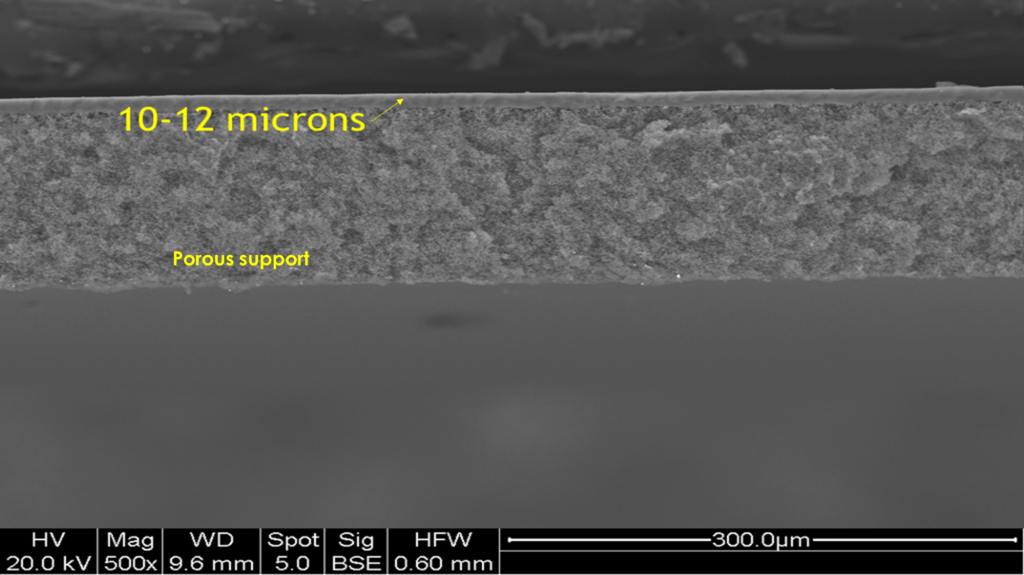Rethinking Power: The Rise of Sodium and Potassium Batteries and the Need for U.S. Engagement
Lithium-ion batteries have long been the standard for energy storage, powering a vast array of devices from smartphones to electric vehicles and the electric grid. However, lithium’s limited availability and exorbitant cost are causing significant concerns in the supply chain.
Role of Polymers in Packaging: Ensuring Sustainability for the Future
Packaging materials are essential to our daily lives, from the plastic bags we use at the grocery store to the tetra packs that hold our favorite drinks. The development of polymers has revolutionized packaging materials, making it possible for food to have a longer shelf life and enabling us to handle and store necessary and unnecessary items efficiently.
Polymer Upcycling is a Solution to Circular Economy
The concept of a circular economy involves designing products and systems to minimize waste and maximize the use of resources, to create a closed-loop system in which waste is eliminated or repurposed into new products.
Plastic recycling and upcycling
For decades, we have been hearing about recycling, especially plastics. Education on recycling for most of us in our 40s started in elementary school, with programs, ads, etc., promoting its benefits and how you can help mitigate the effects of climate change.
Environmental Benefits of Low viscosity Water-Lean Carbon Capture Technology
Climate change is the biggest challenge facing humanity. The global implications are already becoming clear with an increase in wildfires in the Northwest United States..
Application of Ionic Liquids as wearable sensors
Use of ionic liquids in skin sensor applications.
Direct Air Capture (Draining the bathtub)
Team Carbon Blade is pioneering carbon capture and storage solution that provides stand-alone, small-footprint “Blade” (Direct Air Capture (DAC)) modules that combine wind-powered electrodialysis with bipolar membrane separation (EDBM) to remove…
Application of Ionic Liquids in Corrosion Protection
According to the National Association of Corrosion Engineers, the global cost of corrosion is estimated to be 3.4% (or $2.5 trillion) of global GDP. These costs typically exclude aspects such as individual safety or environmental consequences. Typical corrosion protection coatings are sacrificial (coating with a second metal, e.g., zinc) or barrier polymer coating,..
Water-Lean Low Viscosity Solvent for Carbon Capture
Carbon abatement is needed to mitigate the threat of climate change. It is a new area for innovation and investment for future economic development. Scientists, corporations, and governments around the world are stepping up to develop and support technologies which reduce the cost of decarbonizing the economy.
Direct Air Capture of Carbon Dioxide (CDR)
The climate of our planet has always changed and fluctuated. However, industrialization has expelled copious amounts of carbon dioxide into the atmosphere, triggering climate change and global warming. This warming has resulted in a dramatic rise in Earth’s temperature over a short period of time. If left unchecked, we will certainly face disaster.
Metal Free Battery: Ionic Liquids
Research in the field of ionic liquids (ILs) has increased since their initial discovery in 1914 by Paul Walden. Ionic liquids, salts in liquid state, are frequently described as being liquid below an arbitrary value of 100°C…
Ionic Liquids in Industrial Applications
Research in the field of ionic liquids (ILs) has increased since their initial discovery in 1914 by Paul Walden. Ionic liquids, salts in liquid state, are frequently described as being liquid below an arbitrary value of 100°C…
High performance polyphosphazene mixed matrix membranes for gas separations
Polyphosphazenes based membranes have shown considerable promise for post-combustion CO2 capture mainly because of their excellent CO2/N2 gas separation properties. Polyphosphazenes…
Viscosity and molecular structure
Viscosity is resistance to flow in liquids. Factors affecting viscosity are the temperature and shape of the molecule. Higher temperatures correspond to higher average kinetic energies and faster-moving molecules which leads to lower viscosity.


